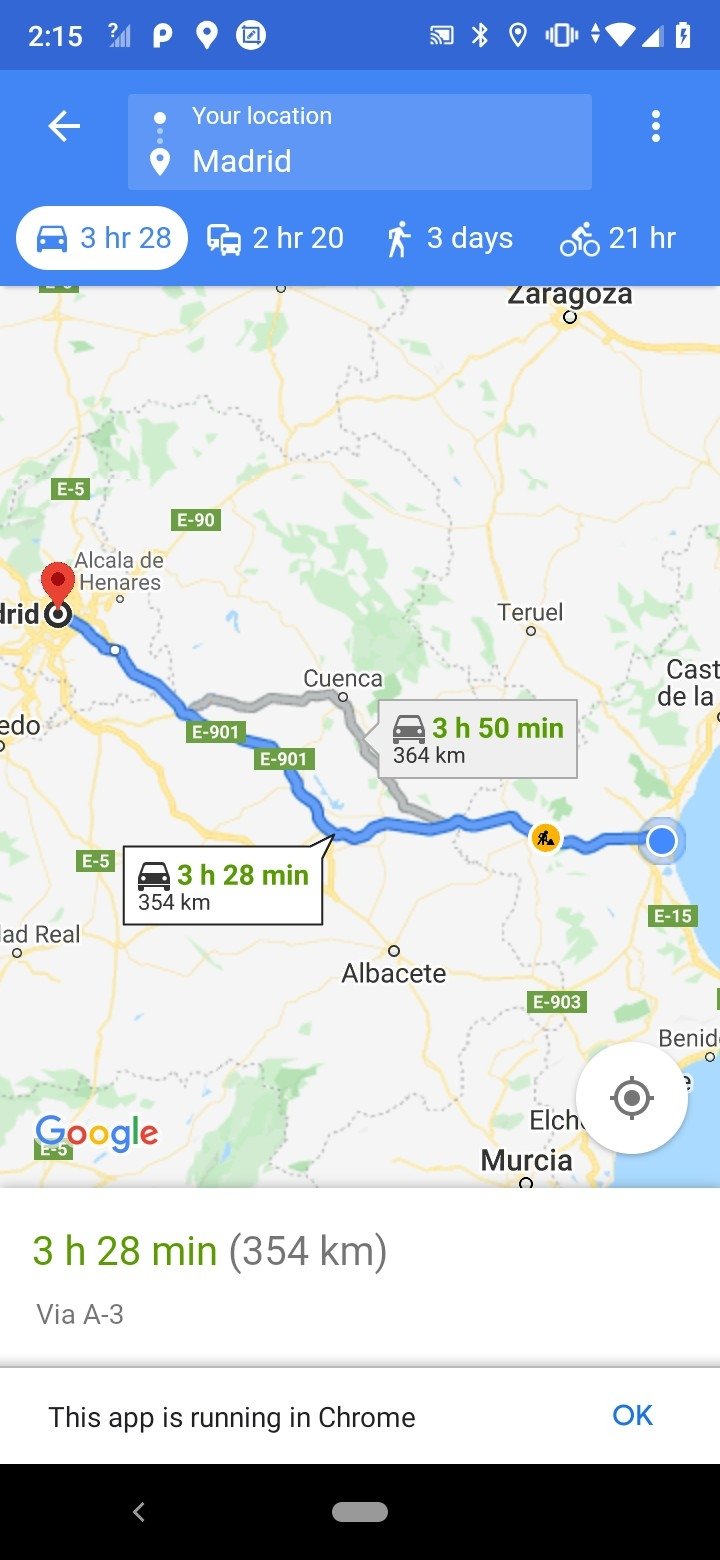

You will then be able to change the extension on the file. To do this, go to the control panel, search in the control panel for 'Folder Options', go to the view tab and then scroll to make sure that 'Hide extensions for known file types' is unchecked. zip extension after its name, you will need to change a setting in your computer to be able to edit this to. If you create the zipped folder and cannot see the. zip extension, drag the KML (called Doc.kml) and the images folder into the zipped folder and then change the. This has displayed accurately in Google Earth every time from both iOS and Android devices.Īnother option is to extract the KMZ file using software like WinRar and 7Zip, opening the images folder that is extracted, rotating the images in the folder so that they are now the correct orientation, create a new zipped folder with the. We have had success by rotating the device 90 degrees in a counter-clockwise direction to take a landscape photo.

The first is to orient your device correctly when taking the picture so that the photo will display properly in Google Earth. In order to get the photos to display correctly in Google Earth, there are a couple of things that you can do. Google Earth, however, does not obey these orientation tags and therefore, your images do not display correctly in this software. Apple iPhones now exclusively use EXIF orientation tags to ensure images are displayed correctly in the software. Most modern cameras have a rotation sensor which writes an orientation EXIF tag into the file to tell your software how to turn the photo for display. You may have noticed that when you export your placemarks with images attached from Avenza Maps as a KML and open that KML in Google Earth, your images have been rotated in some way and now display upside down.


 0 kommentar(er)
0 kommentar(er)
